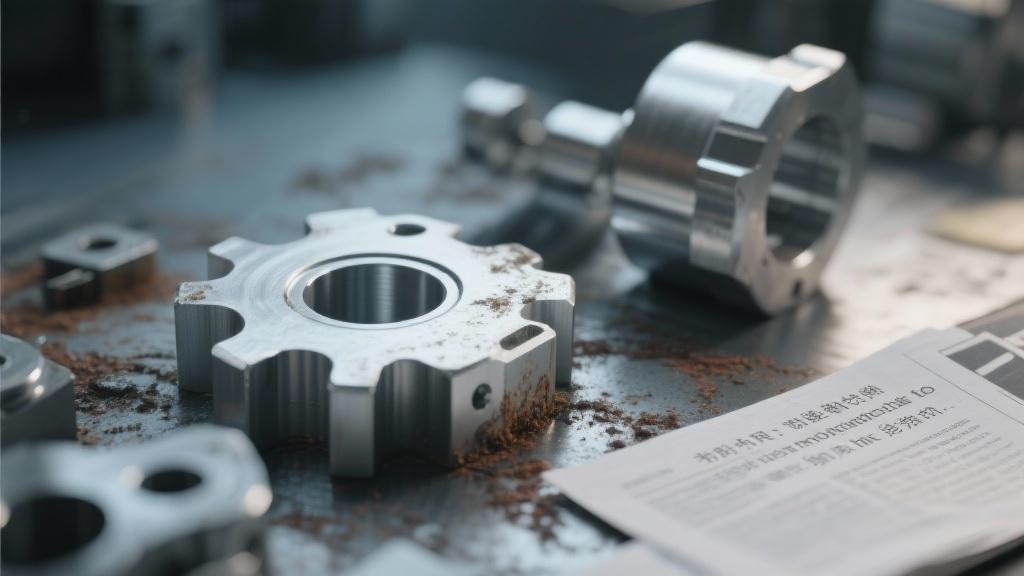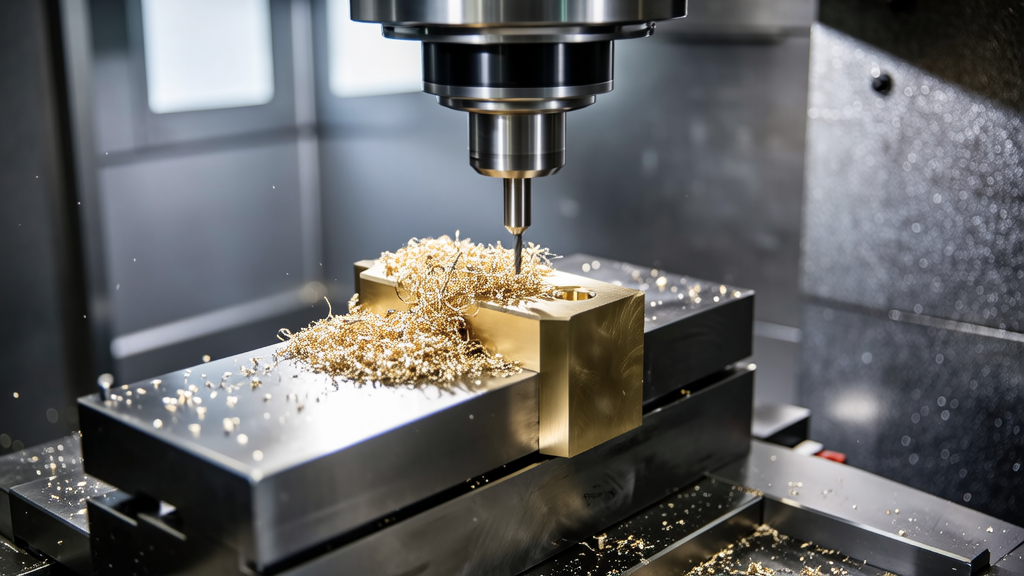When it comes to maintaining the integrity of aluminum parts—whether they’re used in aerospace, automotive, or everyday products—corrosion is a serious issue. One of the compelling things about aluminum is that, while it’s lightweight and malleable, it’s also susceptible to various forms of corrosion. This is mainly due to its reactivity with environmental elements like moisture and salt. So, how do we tackle this problem? Let’s break down some of the best methods to prevent corrosion in aluminum parts.
Protective Coatings
The first line of defense against corrosion is undoubtedly protective coatings. There are various types to choose from, such as:
Environmental Control
Controlling the environment where aluminum parts are used can also be a game-changer. Here are a few points:
Design Considerations
When designing aluminum parts, certain strategies can reduce susceptibility to corrosion:
Key Takeaway
It’s fair to say that preventing corrosion in aluminum parts isn’t a one-size-fits-all solution. The best approach typically combines multiple strategies tailored to specific environmental conditions and design requirements. Understanding and implementing these methods not only prolongs the lifespan of aluminum parts but also aids in maintaining their performance and appearance. So the next time you’re designing or working with aluminum parts, keep these strategies in mind! If you’ve tried any of these methods, I’d love to hear about your experiences—let’s keep the conversation going!
What types of protective coatings can I use to prevent corrosion on aluminum parts?
There are several effective protective coatings available for aluminum parts. Paints and sealants provide a good barrier against moisture and environmental factors. Powder coating is also popular; it creates a tough, durable finish that’s resistant to corrosion.

Anodizing is another excellent choice, as it enhances the natural oxide layer on aluminum, making it more resistant to wear and corrosion. Depending on the application, you might combine these coatings for added protection.
How does environmental control impact corrosion in aluminum parts?
Environmental control is crucial for preventing corrosion in aluminum components. Keeping parts in dry storage conditions can significantly reduce exposure to moisture. If you’re in a coastal area, additional measures like using desiccants or corrosion inhibitors can make a real difference.
Transportation is also something to consider. Use non-corrosive wrap materials to protect aluminum parts from moisture and avoid contact with dissimilar metals, which can lead to galvanic corrosion.
What design considerations can help minimize corrosion risks in aluminum parts?
When designing aluminum parts, avoiding dissimilar metals is a key consideration to prevent galvanic corrosion. If different metals must be used, ensure they are properly isolated from each other.
Additionally, incorporating drainage features can help avoid water pooling, and designing with adequate tolerances can reduce moisture retention in crevices. These strategies can greatly enhance the longevity of your aluminum components.
How often should I inspect aluminum parts to prevent corrosion?
Establishing a routine for inspection is vital. Regularly checking aluminum parts for signs of corrosion—such as pitting or discoloration—can help you identify issues early. Depending on the environment, quarterly inspections can be a good start to catch any potential problems.
If your parts are exposed to harsher conditions, you may want to increase the frequency of these inspections. Keeping a close eye allows for timely maintenance and extends the service life of your parts.









